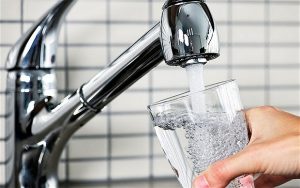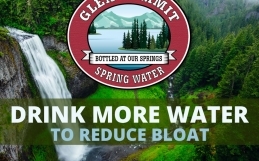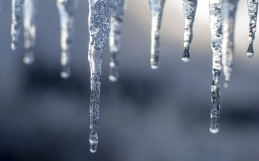 When turning on the tap, many of us don’t realize how much effort it took for the water to get to our glass. Believe it or not, there is a long and chemically-dependent process behind the water from the tap. Join us, as we delve into the tap water filtration process, and compare it to the simple spring water process.
When turning on the tap, many of us don’t realize how much effort it took for the water to get to our glass. Believe it or not, there is a long and chemically-dependent process behind the water from the tap. Join us, as we delve into the tap water filtration process, and compare it to the simple spring water process.
The first step in the tap water process is collection. Water is collected from a source, such as a sewage treatment plant or a run-off stream, and stored in tanks. Next, the tanks are subjected to a wide array of chemicals to preform a preliminary disinfecting, removing some of the harsh microorganisms that are in the water. Filtration comes next, where the water is pushed through several layers of sand, gravel, and charcoal to remove the dust and finer particles in the water. Finally, the water is subjected to another stage of disinfecting, mainly by using chlorine, and then stored for municipal use. From start to end, the tap water process is an long and strenuous process, laden with chemicals.
On the other hand, the spring water filtration process is much simpler. Basically, the water, found in a natural spring, runs through several natural filters, such as rocks and minerals, that it has been running through for hundreds of years. At the end of the line of natural filters, the water is bottled, packaged, and sold. That’s it. Clean, organic, and simple.
When comparing the quality of the public tap to that of spring water, the latter wins in basically every category. The only category in which it may fall short in is availability, which can be easily fixed by a weekly delivery schedule from us.
Call us today to set up your regular delivery schedule of Glen Summit Spring Water, and taste for yourself the difference spring water can make!





